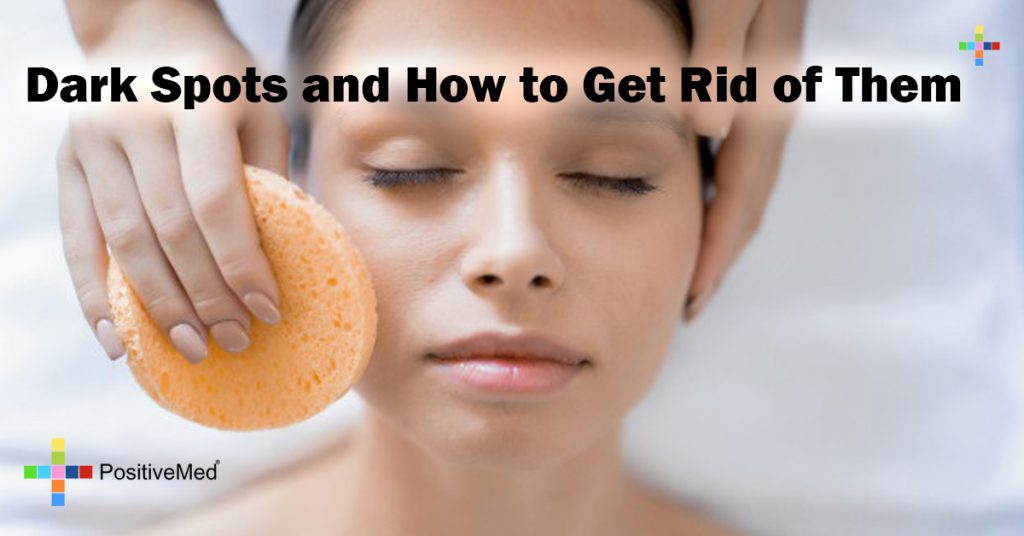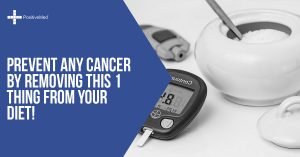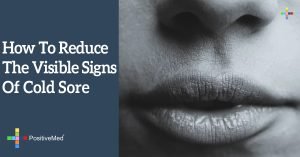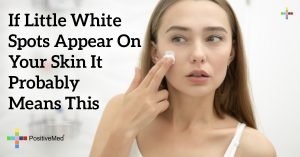
The skin is the largest bodily organ. It’s composed of a superficial protective barrier that is designed to prevent the outside environment from gaining access to the interior. It contains various glands, nerves, and blood vessels important for maintaining normal bodily functions. When something goes awry, it is often easily visible during an examination of the skin.
Brown blemishes, or hyperpigmentation, is associated with an increased production and deposition of melanin. Melanin is the pigment that gives skin its color. Melasma and age spots are the most common type of hyperpigmentation to develop on the face. A few simple lifestyle changes and treatment options can help remove the blemishes and put your best face forward.

Melasma occurs primarily in pregnant women and in those taking birth control pills, but it can also affect nonpregnant women and men. It appears as dark brown, fairly symmetrical patches of discoloration on the temples, cheeks, forehead or other areas of the face. The patches are distinct and vary in size. Age spots, or liver spots, are flat blemishes that range in color from tan to dark brown. Age spots affect people of both genders and are more common in the elderly.
Age spots and hyperpigmentation due to sun exposure occur when the sun’s UV light triggers melanocytes in the skin to produce excess pigment. The reason some people are more prone to hyperpigmentation disorders is not understood. According to the American Academy of Dermatology, the exact cause of melasma is not known. However, genetics, hormones and sun exposure all appear to play a role in the development of the condition.
As most cases of brown blemishes on the face are associated with sun exposure, wearing sunscreen with an SPF of 30 or greater every day can help to prevent hyperpigmentation from developing, according to the American Academy of Dermatology. Regular exfoliation to remove damaged and dead skin may slow the progression of age spots, but it cannot completely prevent them from occurring.
The first line of treatment for brown blemishes on the face is generally with skin-lightening agents or retinoids, such as hydroquinone and tretinoin. Chemical peels are useful for removing the top layer of skin so that lighter skin is able to grow in its place. Microdermabrasion and laser therapy may be beneficial when other treatment options have failed. Brown blemishes associated with the use of medications or birth control pills may fade once the medication is discontinued. Cryotherapy may be useful at removing small areas of discoloration.

Sometimes, brown blemishes on the face are caused by an underlying medical condition, such as Addison’s disease, hemochromatosis, biliary cirrhosis and Peutz-Jeghers syndrome. Any new area of discoloration requires professional evaluation to rule out underlying medical problems and possible malignancy. A sample of the skin may be taken for biopsy before treatment to fade or remove the blemish can begin. Age spots are a risk factor for melanoma.
People who have darker skin suffer from postinflammatory hyperpigmentation more frequently than those with light skin, but anyone can get it. The good news is that those dark spots will fade by themselves. The bad news is that it may take up to two years for the skin to return to a nice, even tone.
If you don’t feel like waiting for nature to take its course, you can seek out the advice of a dermatologist, who may help you decide which treatment — if any — is right for you.
SOURCES
Brown Spots on Skin, LiveStrong – Causes of Dark Spots, Heather Brannon, MD





